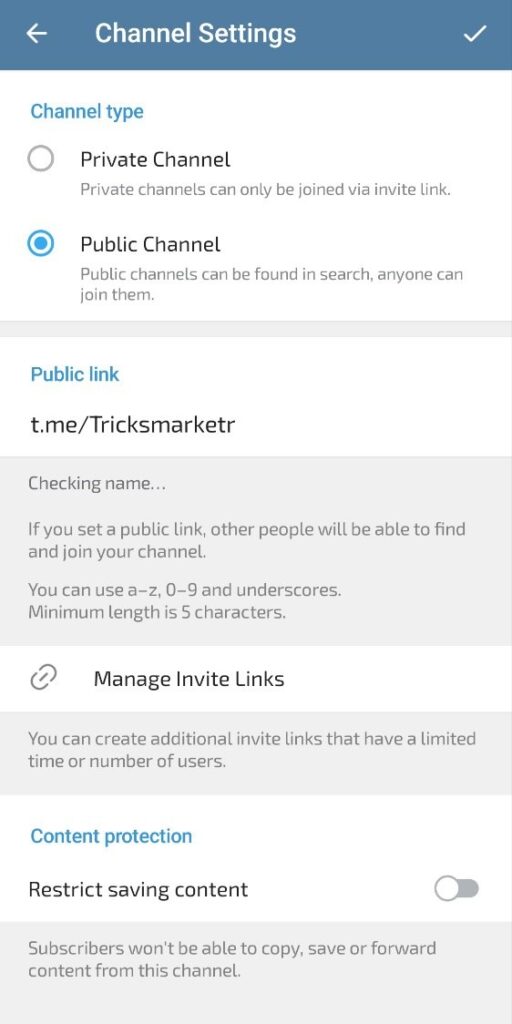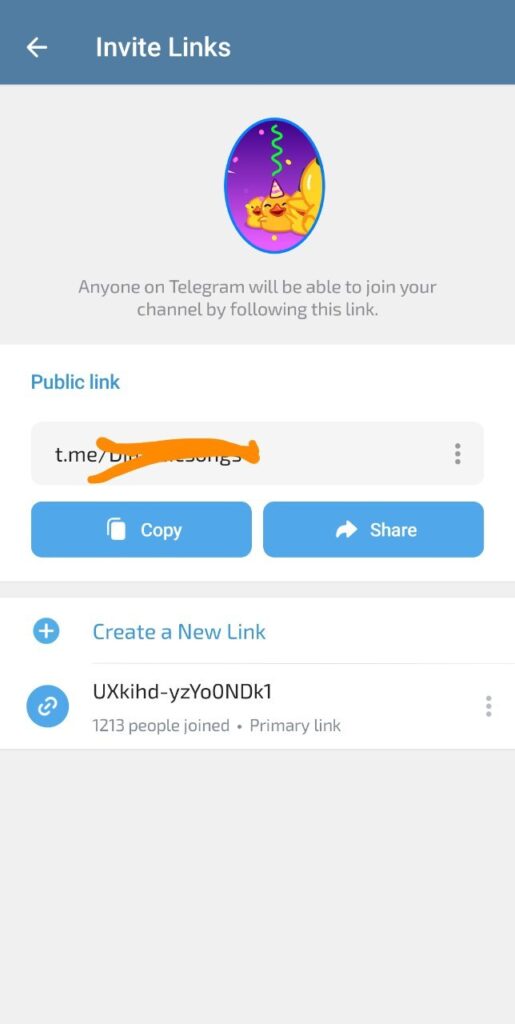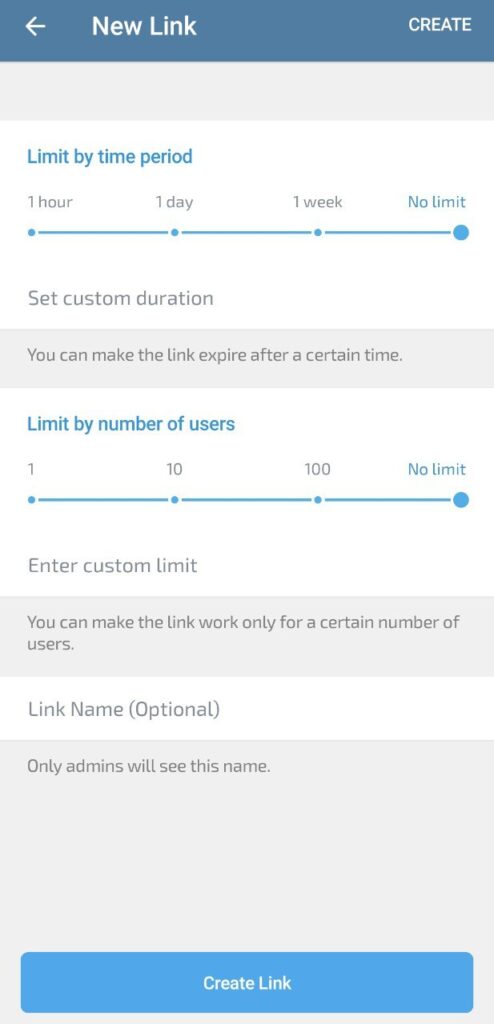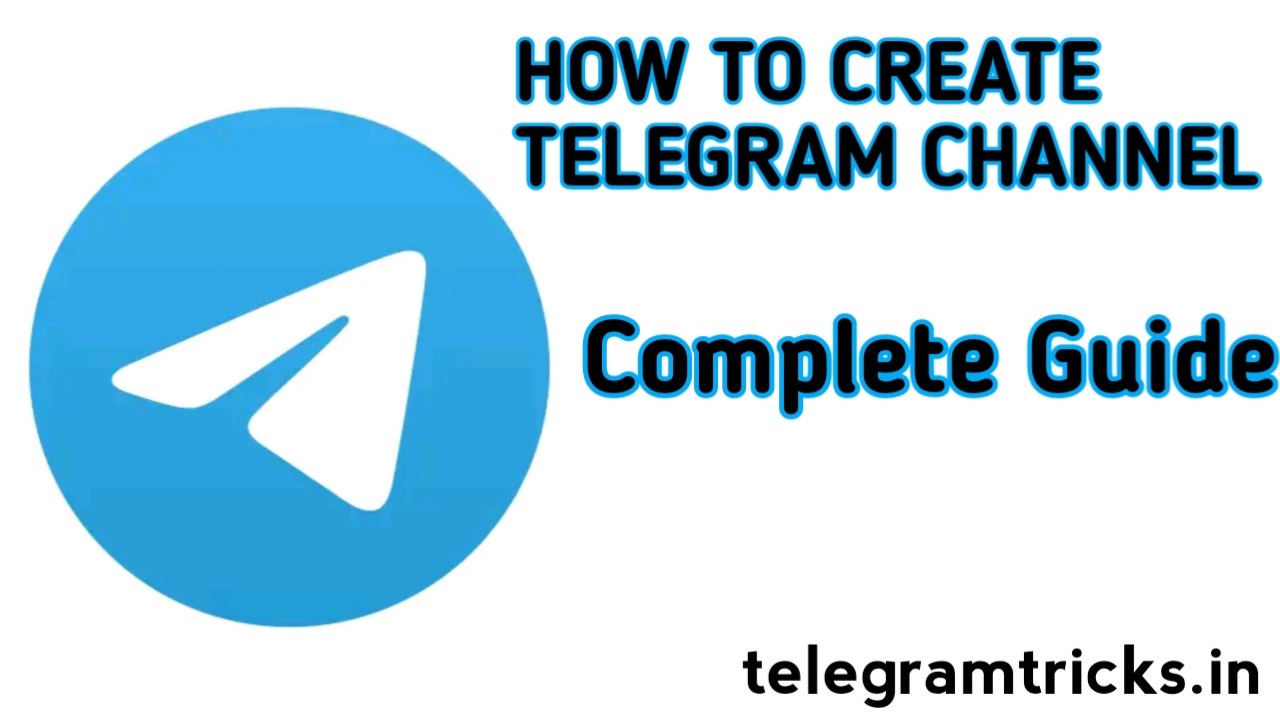Creating a Telegram channel can be a valuable tool for communication, marketing, and community building. Here’s an extended overview of the entire process, from installation to optimization, ensuring you have a comprehensive understanding of each step.
How to Create a Telegram Channel: Detailed Overview
1. Install Telegram
To begin, make sure you have the Telegram app installed on your device. It is available on various platforms:

- iOS: Download from the App Store.
- Android: Download from the Google Play Store.
- Desktop: Download from the Telegram Desktop.
2. Open Telegram and Log In
Once installed, open the Telegram app and log in using your phone number. You will receive a verification code via SMS. Enter this code to complete the login process.

3. Create a New Channel
- Tap on the pencil icon or menu icon (three horizontal lines) located in the top right corner of the app interface.
- Select New Channel from the options.

4. Set Up Your Channel
- Channel Name: Enter a name for your channel. Choose something descriptive and relevant to the content you plan to share.
- Channel Photo: Tap the camera icon to upload a photo. This photo serves as your channel’s logo and helps with branding.
- Channel Description: Write a brief description of what your channel is about and what kind of content subscribers can expect. This helps attract the right audience.
5. Choose Channel Type
Telegram offers two types of channels:

- Public Channel: This type of channel is accessible to anyone. Users can find it through search or via a public link. You will need to create a unique public link (e.g., t.me/yourchannelname).
- Private Channel: This type of channel is accessible only to those you invite. A private link will be generated for you to share with invitees.
6. Invite Subscribers
- Public Channel: Share your channel link on social media, websites, blogs, and other platforms to attract subscribers.


- Private Channel: Share the generated private link with individuals you want to invite. You can also directly add contacts from your Telegram contact list.
7. Customize Channel Settings
- Edit Channel Info: Tap on the channel name at the top, then tap the pencil icon to edit the channel’s name, photo, and description.
- Add Administrators: You can add administrators to help manage the channel. Go to Administrators and add trusted users. Set their permissions according to their roles (e.g., who can post messages, delete messages, etc.).
- Set Permissions: Under Permissions, you can control who can send messages, add members, pin messages, and more. This helps in managing the channel efficiently.
8. Manage Your Channel
- Post Content: Regularly share updates, articles, images, videos, and other relevant content. Use the attachment icon to add multimedia content.
- Pin Messages: Highlight important messages by pinning them to the top of the channel. This ensures they are easily visible to all subscribers.
- Engage with Polls and Quizzes: Use Telegram’s built-in tools to create polls and quizzes. This interactive content can boost engagement and gather feedback from your audience.
9. Promote Your Channel
- Social Media and Websites: Share your channel link on various social media platforms, your website, blogs, and forums to attract new subscribers.
- Collaborations: Partner with other Telegram channels or influencers for cross-promotion. This can help you reach a wider audience.
- SEO and Keywords: Use relevant hashtags and keywords in your channel description and posts to increase visibility and discoverability.
10. Analyze and Optimize
- Monitor Performance: Use Telegram’s built-in analytics to track the performance of your channel. Pay attention to metrics such as subscriber growth, engagement rates, and popular posts.
- Adjust Strategy: Based on the analytics, adjust your content strategy to better meet the needs and preferences of your audience. Experiment with different types of content, posting times, and engagement techniques.
Tips for a Successful Telegram Channel
- Consistency: Maintain a regular posting schedule to keep your audience engaged and informed.
- Quality Content: Focus on sharing high-quality and valuable content that resonates with your audience. This can include articles, tips, news, and multimedia content.
- Engagement: Interact with your subscribers by responding to their comments, conducting polls, and encouraging discussions. Active engagement can help build a loyal community.
- Promotions and Giveaways: Run contests, giveaways, and special promotions to attract new subscribers and reward your existing audience.
